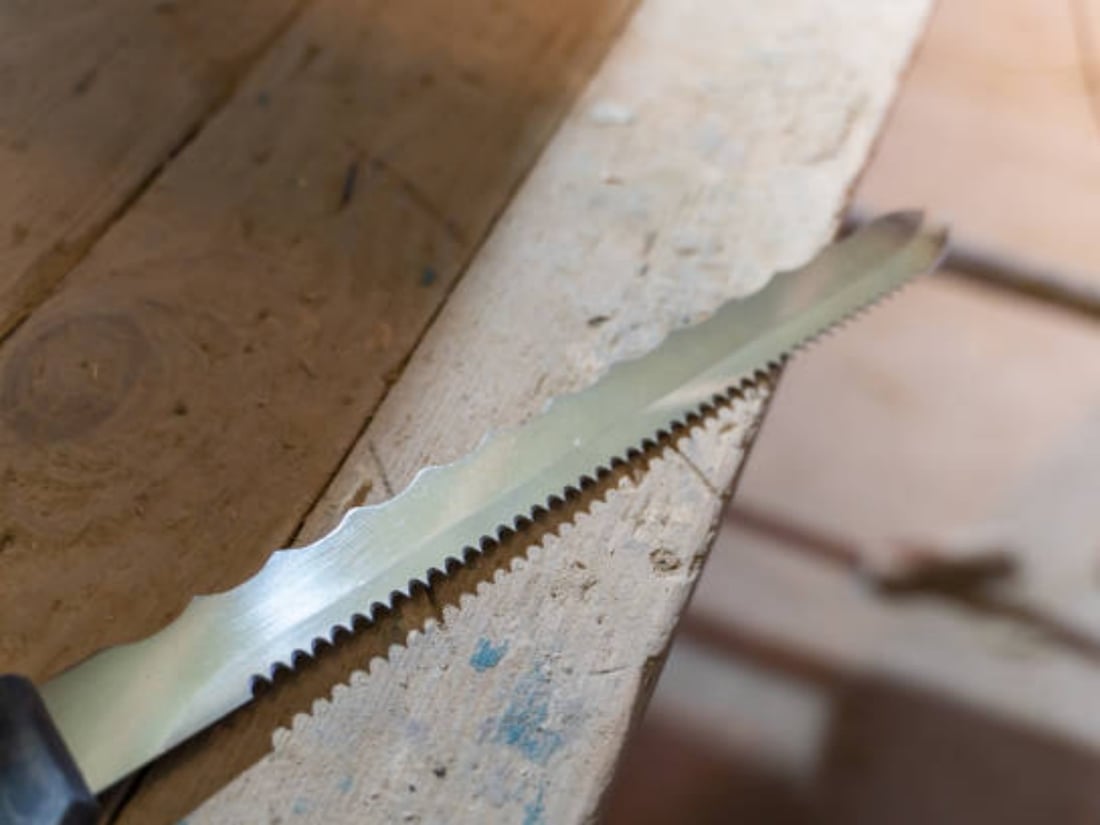hand saw blade replacement: A Comprehensive Guide
When it comes to woodworking and DIY projects, having a sharp and well-maintained hand saw is essential. Over time, the blade of a hand saw can become dull or damaged, affecting its cutting performance. In such cases, replacing the hand saw blade is the best course of action. In this article, we will delve into the various aspects of hand saw blade replacement, providing you with all the information you need to know.
The Importance of Regular Hand Saw Blade Replacement
Regular hand saw blade replacement is crucial for maintaining the effectiveness and efficiency of your saw. A dull or damaged blade can make your cutting tasks more difficult and time-consuming. By replacing the blade when necessary, you can ensure that your hand saw continues to provide clean and precise cuts, saving you both time and effort.
Choosing the Right Hand Saw Blade
When it comes to hand saw blade replacement, selecting the right blade is essential. There are various types of hand saw blades available, each designed for specific cutting tasks. The two main types of hand saw blades are rip-cut blades and cross-cut blades.
Rip-cut blades have fewer teeth per inch and are ideal for making long cuts along the grain of the wood. On the other hand, cross-cut blades have more teeth per inch and are better suited for making cuts across the grain. Consider the type of cutting you will be doing and choose a blade accordingly.
How to Replace a Hand Saw Blade
Replacing a hand saw blade may sound daunting, but it is a relatively simple process. Here's a step-by-step guide to help you:
- Ensure your hand saw is unplugged or disconnected from any power source.
- Loosen the tension on the hand saw blade by adjusting the tensioning screw or knob.
- Remove the old blade by carefully sliding it out from the handle.
- Align the new blade with the handle and insert it into the saw.
- Tighten the tensioning screw or knob to secure the blade in place.
- Ensure the blade is properly tensioned by gently plucking it. It should produce a clear, resonant sound.
- Double-check the blade's alignment and adjust if necessary.
- Test the hand saw by making a few practice cuts to ensure everything is in order.
Tips for Extending the Lifespan of Your Hand Saw Blade
Proper maintenance can significantly extend the lifespan of your hand saw blade. Here are some tips to help you keep your blade in optimal condition:
- Regularly clean the blade after each use to remove any debris or resin.
- Store the hand saw in a dry place to prevent rust or corrosion.
- Avoid using excessive force when cutting, as it can damage the blade.
- Do not use the hand saw blade for tasks it is not designed for, as this can cause premature wear and tear.
- Consider investing in a blade cover or sheath to protect the blade when not in use.
Common Signs That Indicate Blade Replacement
Knowing when to replace your hand saw blade is essential for maintaining optimal cutting performance. Here are some common signs that indicate it's time for a blade replacement:
- Difficulty in making clean and precise cuts.
- The blade is visibly dull or damaged.
- Increased effort or force required to cut through the material.
- Uneven or jagged cuts.
- Excessive vibration or noise during cutting.
Where to Purchase Hand Saw Blades
Hand saw blades can be purchased from various sources, including hardware stores, home improvement centers, and online retailers. It is important to ensure that you choose a reputable seller and select the right type of blade for your hand saw. Reading customer reviews and seeking recommendations can help you make an informed decision.
Conclusion
Hand saw blade replacement is an essential aspect of maintaining the performance and longevity of your hand saw. By choosing the right blade, following the proper replacement process, and taking good care of your blade, you can ensure that your hand saw continues to deliver clean and precise cuts for all your woodworking needs.
If you are interested in our products or services, please feel free to contact us.


